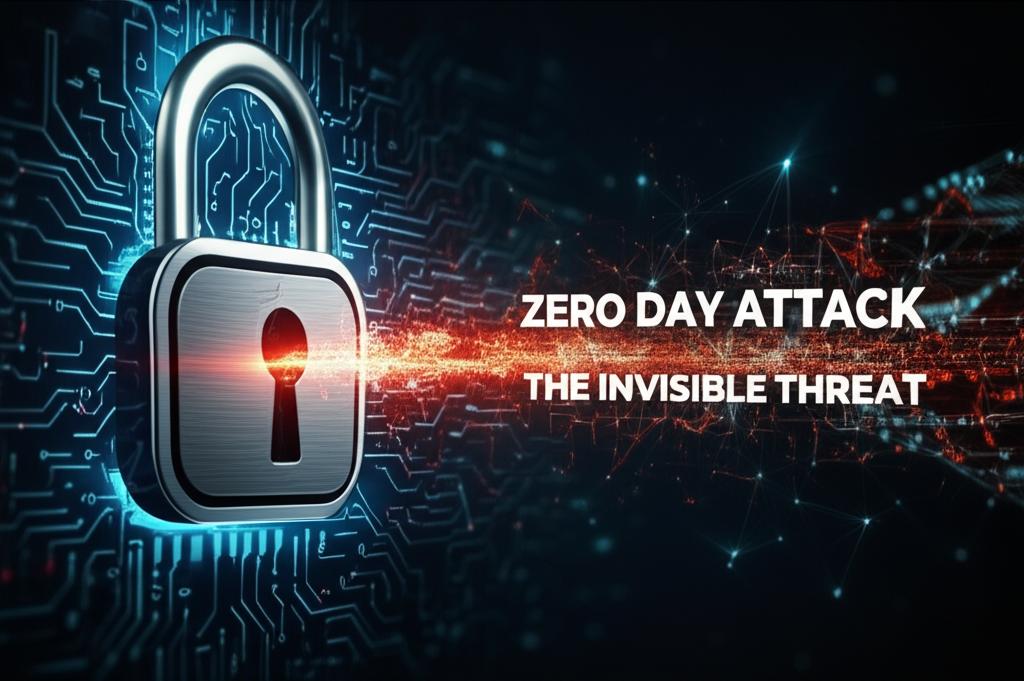Unmasking the Dangerous World of Zero-Day Attacks
In the ever-evolving landscape of cybersecurity, one of the most insidious and feared threats is the Zero-Day Attack. These attacks leverage vulnerabilities that are entirely unknown to software vendors and, consequently, to the public. The term “zero-day” refers to the fact that developers have had zero days to fix or patch the flaw before it’s actively exploited by malicious actors. This makes Zero-Day Attacks incredibly potent and challenging to defend against.
What Exactly is a Zero-Day Attack?
A Zero-Day Attack capitalizes on a Zero-Day Vulnerability – a previously undisclosed security flaw in software, hardware, or firmware. Before a vendor becomes aware of the flaw and can issue a patch, an attacker discovers it and crafts an exploit. This exploit is then used to launch attacks against systems or networks that are susceptible to that specific vulnerability. Because there’s no official fix available, organizations are left without immediate defense, making them prime targets for a Zero-Day Attack.
The Dangerous Anatomy of a Zero-Day Exploit
Understanding how a Zero-Day Attack unfolds reveals why it’s such a significant cybersecurity challenge:
- Vulnerability Discovery: An attacker (or sometimes a white-hat researcher) identifies a flaw in a piece of software that has not been publicly reported or patched.
- Exploit Development: The attacker creates malicious code, known as an exploit, specifically designed to take advantage of this newly discovered vulnerability.
- Attack Launch: The exploit is delivered, often through phishing emails, malicious websites, or infected software, to target systems.
- System Compromise: Once the exploit is successful, the attacker gains unauthorized access, installs malware, steals data, or takes control of the compromised system, all before the vendor can react.
The core danger lies in the element of surprise; there are no security updates, no antivirus signatures, and often no existing detection methods for this specific threat when the Zero-Day Attack begins.
Why Zero-Day Attacks Pose a Unique Threat
Zero-Day Attacks are exceptionally dangerous due to several key factors:
- Undetectable: Since the vulnerability is unknown, traditional security measures like antivirus software or intrusion detection systems often lack the signatures or behavioral patterns to identify the exploit, making a Zero-Day Attack hard to stop.
- No Patch Available: Organizations cannot simply apply a security update because one doesn’t exist yet. This leaves systems exposed for an indeterminate period.
- High Impact: Successful Zero-Day Attacks can lead to severe consequences, including massive data breaches, intellectual property theft, critical infrastructure disruption, and significant financial losses.
- Targeted Exploitation: Attackers often use Zero-Day exploits for highly targeted attacks against high-value organizations, government entities, or individuals.
The race is always on between attackers looking for new vulnerabilities and security researchers trying to find and report them responsibly.
Mitigating the Threat of Zero-Day Attacks
While completely preventing a Zero-Day Attack is challenging, organizations can implement several strategies to reduce their risk and mitigate potential damage:
- Proactive Security Measures: Employing robust endpoint detection and response (EDR) solutions, next-generation firewalls, and intrusion prevention systems (IPS) can help detect suspicious behavior even if a specific Zero-Day Attack exploit isn’t known.
- Regular Software Updates: While not for the zero-day itself, keeping all software, operating systems, and applications patched and up-to-date reduces the overall attack surface and closes known vulnerabilities, making zero-day exploits less likely to be the only entry point.
- Threat Intelligence: Subscribing to threat intelligence feeds and actively monitoring for emerging threats can provide early warnings, even if a patch isn’t immediately available.
- Behavioral Analytics & AI/ML: Advanced security tools use machine learning and artificial intelligence to analyze system behavior, identifying anomalies that might indicate an unknown exploit in action, even without specific signature matches, thus helping detect a Zero-Day Attack.
- Application Whitelisting: Allowing only approved applications to run can prevent malicious Zero-Day exploits from executing.
- Network Segmentation: Isolating critical systems and data reduces the lateral movement capabilities of an attacker if a Zero-Day Attack successfully compromises one part of the network.
The Ongoing Battle Against Zero-Day Threats
Zero-Day Attacks represent a formidable challenge in the cybersecurity world. They highlight the constant need for vigilance, advanced security solutions, and a proactive posture. As attackers continue to seek out new weaknesses, the defense must evolve, embracing technologies and strategies that can detect and respond to unknown threats before they inflict irreparable harm. Staying ahead of the curve is the only way to safeguard against these dangerous, invisible Zero-Day Attacks.







